After plenty of time and hype-building, the beloved Dungeons & Dragons podcast Critical Role has unveiled the open beta for its fantasy-adventure TTRPG, Daggerheart.
This is Darrington Press’s (Critical Role‘s publishing arm) second TTRPG, after the moderately well-received gaslamp horror game Candela Obscura. Daggerheart revisits much more familiar territory, being similar in base concept and tone to D&D 5e.
However, Daggerheart is not a D&D 5e clone. Although its inspirations are clearly there, it takes great strides to be its own entity. Character-building, progression, and the base resolution system are all very different. In some cases, Daggerheart improves on some things that can be found in Dungeons & Dragons.
Now, some important disclaimers. One: I have yet to actually play Daggerheart. This is based on my reading of the playtest rules. Some things may play out entirely differently on the tabletop.
Two: I am not looking to edition war. D&D 5e is one of my favourite TTRPGs and Daggerheart has plenty good about it. This isn’t a urinating contest, this is just looking at specific areas one system shines in compared to the undeniable market leader.
Moving Parts in Character Creation and Progression
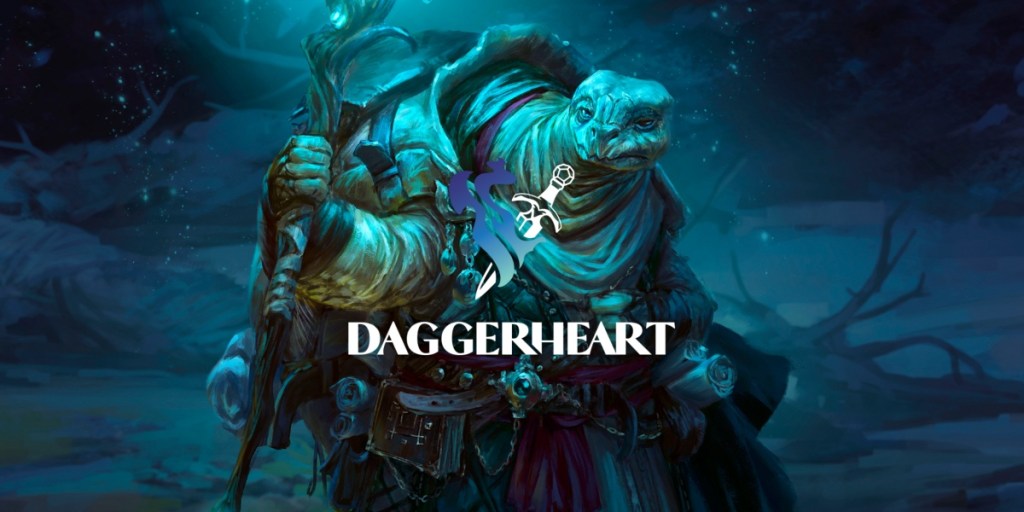
Critical Role‘s Daggerheart may claim to be rules-light, but its character creation has a lot of components for players to keep up with.
Daggerheart characters don’t just have a race, class, subclass, and background, the solid four traits that all D&D 5e characters are based around. These elements are present in the Daggerheart beta playtest, but there are plenty more.
Daggerheart characters have their class, each of which comes with a subclass. They also have an Ancestry (their physical traits), a Community (social traits), and Experiences (background-like qualities, ideals, phrases, or professions that can provide a bonus to relevant rolls). Characters start with two Experiences, which are entirely freeform, and gain more as they level up.
The moving parts in Daggerheart character creation don’t stop there. Within their class, each character has two Domains which dictate their abilities. Characters choose abilities from either of these Domains as they progress, gaining an entirely unique spread.
Daggerheart character progression adds further customisation, with level-ups giving players their choice from a list of bonus traits alongside more abilities from their Domain. Upgrading subclasses and multiclassing open up even more combinations.
D&D 5e has solid and enjoyable character-building. However, one Half-Orc Samurai Fighter is going to be very similar to the next. In Daggerheart, the sheer number of moving parts ensures near-endless possibilities, even among very similar characters.
Daggerheart’s Weapon Variety Dwarfs D&D 5e
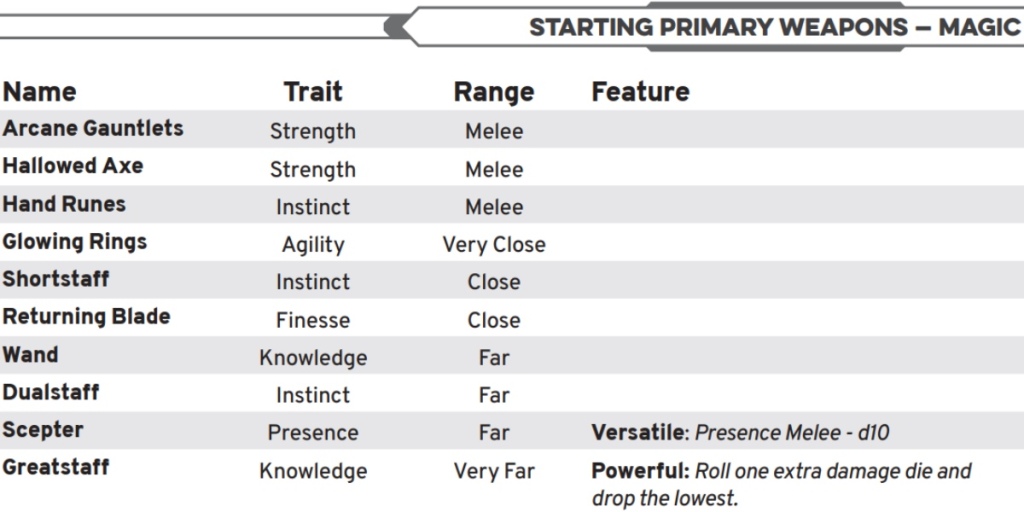
Characters in Daggerheart don’t just rely on their own abilities. Like in any good fantasy TTRPG, they have a dazzling array of weapons to save the day and commit egregious amounts of violence with.
Daggerheart goes all-in with its weapon variety. It has tables of primary physical weapons, primary magical weapons, and secondary weapons for the off-hand (including things like shields, daggers, and more).
Of the 31 starting weapons in the Daggerheart open beta playtest, no two are the same. They use different ability scores to attack, deal different amounts of damage, take up different numbers of hands, provide different bonuses and penalties, and in general do different things.
I’m as fond of D&D 5e as anyone, but its lack of weapon variety is a common complaint even among diehard players like myself. A longsword is identical to a battleaxe. Greatswords are (almost always) better than Greataxes. Polearms and Hand Crossbows are the ideal way to deal massive damage in D&D 5e.
This isn’t the case with Daggerheart‘s weapons. I’m sure that when people have crunched the numbers, some will stand out as better than others. But characters can still choose to wield warhammers, sabers, arcane gauntlets, or scepters and feel the difference.
This does have a flipside. I don’t hate characters using non-optimal weapons in D&D 5e. A College of Swords Bard emphasising Charisma over Dexterity but wielding a Rapier is fun. Outside of unconventional builds, it seems there’s no reason not to kill people with your character’s best stat every single time in Daggerheart.
Daggerheart Pushes Players to Improv
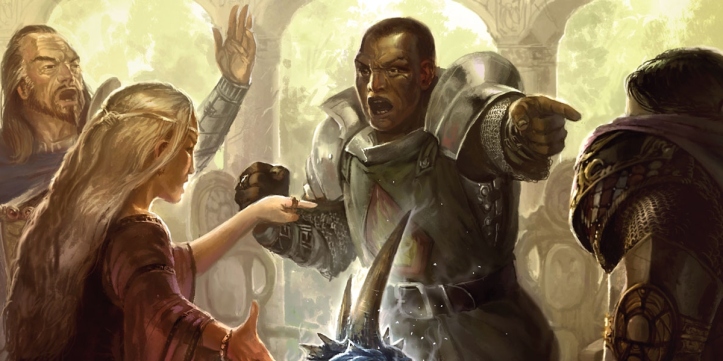
There are many reasons to play TTRPGs like D&D 5e and Daggerheart. Some players like to lean into the storytelling and improv side of things. Others prefer the mechanics, character-building, combat, and sound of dice rolling. Plenty of people like every element.
That Daggerheart provides more direct prompts for improvisation doesn’t make it definitively better for D&D 5e. For players who enjoy that sort of thing, however, there’s no denying that it’s something that Critical Role‘s Daggerheart devotes more time to than D&D 5e.
Daggerheart character creation contains many prompts to get players thinking about their character’s background and personality. Many of these are asked by default for each class’s character sheet, while others prompt the players to ask each other and build bonds.
This is the sort of improv interaction you have to add yourself in D&D 5e, rather than being baked into the rules.
Some of the questions for Daggerheart classes do seem leading (for instance, there’s a base assumption that all Bards are toweringly confident). The game does encourage you to ignore these questions if they don’t fit, but they take up a fair bit of room for something optional.
Similarly, some of the questions to ask other players (‘Why do you grab my hand at night?’) feel like they need a good level of trust between players. Judgment, common sense, and Daggerheart‘s communication tools should win out, but they might not be fare for a pick-up game at the local shop.
Giving Classes Many Distinct Abilities

Even with the best will in the world, D&D 5e risks falling into the trap that its only unique abilities are spells. As somebody who has played more than one high-level martial, there’s a reason that “I attack, I attack” is a slightly chagrined meme within the community.
D&D 5e does let players be as inventive as the DM permits and apply their brains to a situation. But, by its base mechanics, players without versatile subclasses or spellcasting are restricted to default actions, skills, and hitting.
Daggerheart is a very far cry away from this. Every Domain gives versatile abilities and unique actions, regardless of how mundane or magical the character in question is.
This covers out-of-combat abilities, where every Daggerheart character has their niche. However, it also applies to combat. More martial-themed characters have plenty of unique ways to inflict violence, something that is often missing from D&D 5e combat turn-to-turn.
Default ‘best’ options may present themselves as Daggerheart‘s maths gets mathed out more. Nonetheless, especially at high levels, there’s little reason for a Daggerheart character to spend combat attacking and nothing else.
Daggerheart Emphasises Inclusion

D&D 5e has made some effort to change with the times. It includes items like prosthetics and has changed the way races and lineages work after controversies.
However, this pales compared to Daggerheart‘s clear emphasis on inclusion within the rules.
Now, I’m not here to debate whether inclusion is good. This article isn’t a culture war spot. However, if you do like inclusion in your TTRPGs, then Daggerheart may well do some things right by you.
It divorces pronouns from any other part of character creation, leaving a space open for trans characters, non-binary characters, and more. Its art includes people of diverse skin tones, builds, genders, and more. A notice promises rules for the combat wheelchair soon.
Furthermore, Daggerheart encourages players to modify the rules to suit their characters, particularly around disability. Blindness, deafness, muteness, missing limbs, and more are all noted to not hinder spellcasting if the player doesn’t want to.
I’m probably not the person to decide if Daggerheart does a top-tier job with these attempts at inclusion and diversity. Nonetheless, the clear attempts show that Critical Role is making it more of a focus than D&D 5e has done so far (despite its efforts in that area).
Keeping the Action Moving
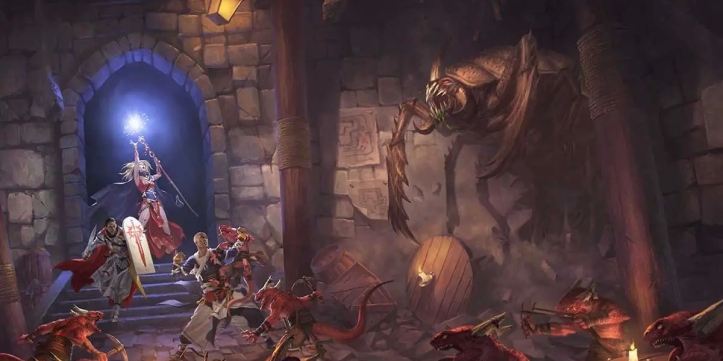
Daggerheart builds on other RPG systems like Powered by the Apocalypse and Forged in the Dark for a core concept of its rolls. They should all have consequences and keep the action moving, regardless of the outcome.
D&D 5e does have some advice in this area but calls for rolls when there’s a chance for failure. This infamously leads to situations where the Rogue rolls under the DC to pick a lock. With nothing to stop them from trying again, they just roll the dice until they get the magic number.
This isn’t exactly thrilling TTRPG gameplay.
Daggerheart pushes the GM to only call for rolls it will affect the situation, regardless of what is happening. If the player fails to pick the lock, something happens. Guards approach. An alarm triggers. A trap goes off.
Critical Role‘s Daggerheart includes further tools for this, such as the potential for a Success with Fear (due to its 2d12 resolution mechanic). This lets the player succeed, but comes with a complication that changes the situation further.
Things will never feel static in the Daggerheart playtest.
Splitting Up Race Features Sensibly
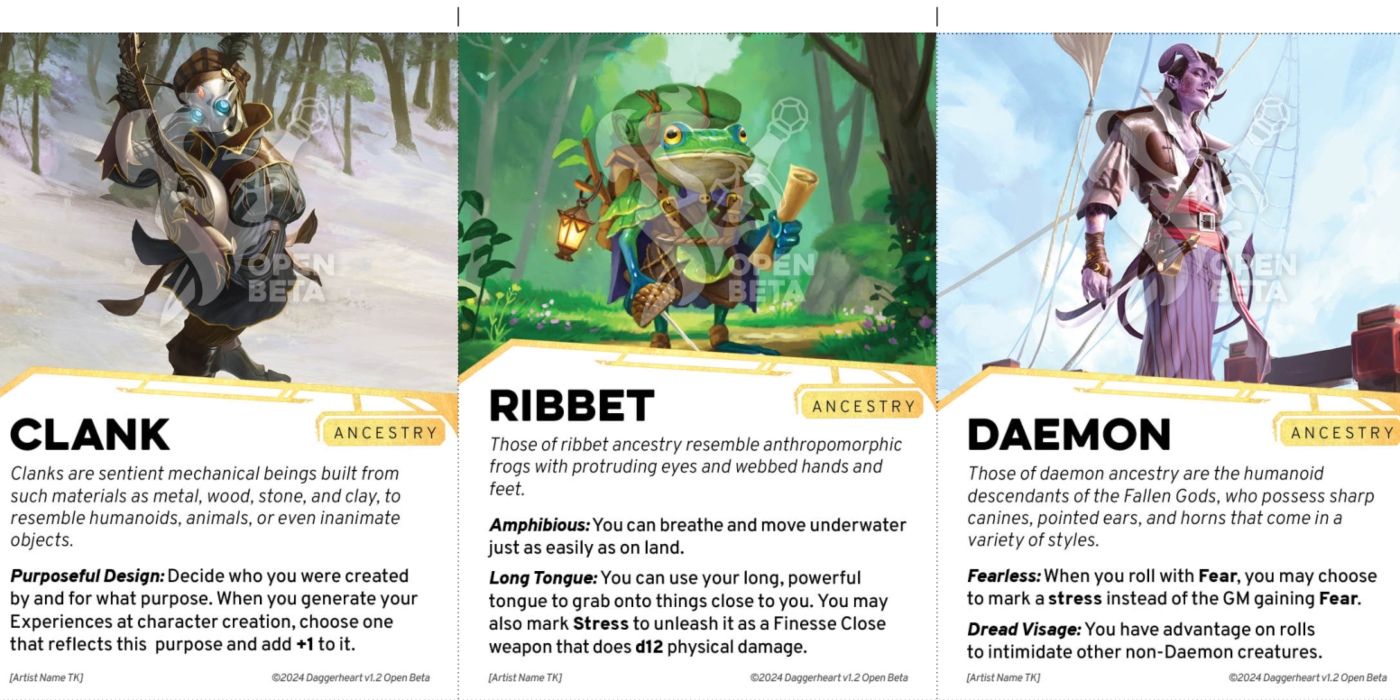
I briefly touched on this with the wealth of moving parts in the Daggerheart playtest character creation rules. Going into it more, Daggerheart splits up the bonuses D&D 5e gives to race between Ancestry and Community.
Daggerheart doesn’t assume that all Dwarves, Elves, Daemons, or Clanks are brought up with the same values as the rest of their kind, or in identical circumstances.
Instead, Ancestry covers purely the physical aspects of a character’s heritage. Clanks are built to do things well. Giants are hard to kill. Elves refresh themselves through a trance. These are consistent among their Ancestry.
Community blends the more cultural parts of D&D 5e race bonuses with the background rules. No more do all Elves get the same weapons. No more do all Dwarves inherently know all about stone.
D&D 5e has tried to remedy this in books like Tasha’s Cauldron of Everything. However, the grandfathered-in nature makes it hard to fix the system entirely. The fixes are mostly band-aid patches of “ask your mum if you can change your proficiencies.”
Critical Role‘s Daggerheart builds the system from the ground up to avoid this and is neater for it.
Almost Everyone Gets Non-Combat Options

D&D 5e isn’t solely a combat game. However, its wargame heritage still shows strongly. The lengthiest sections of the Player’s Handbook detail combat rules. Most options are useful for violence in some way. It’s the core mechanical idea behind most builds.
Critical Role has always had low amounts of combat for a D&D 5e show, often with fewer than one combat per adventuring day (or episode). Daggerheart reflects this with a far lesser emphasis on combat in its rules.
Don’t get me wrong, plenty of Daggerheart is still about inflicting violence on fantasy creatures. Every class gets unique and entertaining combat options. It has the aforementioned vast weapon lists. There are hit points, attack modifiers, armour, and more.
But almost every Daggerheart character, regardless of class, can choose to focus on abilities to use outside of combat.
Daggerheart suits itself to a low-combat game far better than D&D 5e, where you often underuse most of the rules to suit this.
This does make Daggerheart’s Warrior class, at least in the open beta, something of an anomaly. Perhaps I should have expected that from the name, but the vast majority of its features are about battle.
I feel like a Warrior should allow for more cajoling, intimidating, inspiring, strategising, and other abilities that are under-represented in Daggerheart‘s Blade and Bone Domains. There are some, sure, but it looks like an underwhelming class to play in a game largely devoid of combat.
Despite some comments on drawbacks here and there, these have been a selection of things that Daggerheart‘s playtest already looks to do better than D&D 5e, despite both games being excellent. Please do stay tuned for more exploration of Critical Role‘s new system.
For more information on the wealth of systems available, check out ‘Five Fantasy TTRPGs That Aren’t D&D 5e‘.
If D&D is still your love, and you want to explore its versatility, I’d instead recommend ‘Five Fantasy Genres to Explore in D&D 5e Campaigns‘.